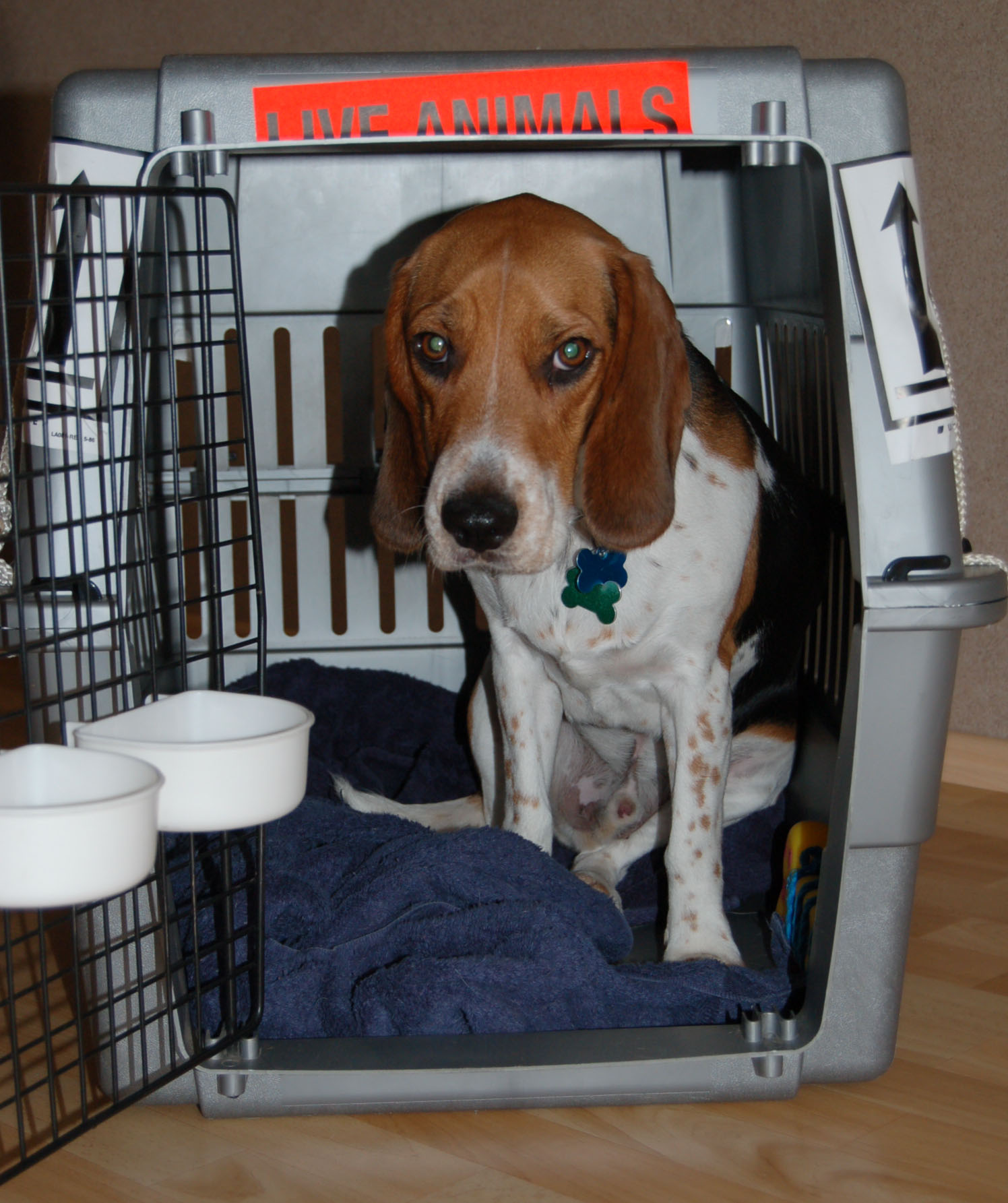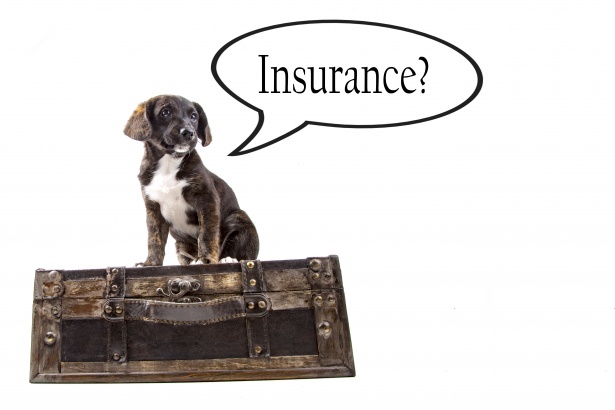Finding the Best Pet for Your Family
Photo Credit: Pexels
Article by Jessica Brody
A Google search for “finding the right pet” yields over 8 million results in 0.52 seconds. We’ve boiled it down to a few key considerations when you’re ready to adopt a scaled, finned, or four-footed critter.
- Pick a pet that fits your lifestyle.
- Decide what you want from a pet and how much time you can devote.
- Evaluate how much you can budget for monthly and annual pet care.
- Determine if your housing arrangement allows pets.
- Consider an animal’s lifespan. Some live much longer (or shorter) than others.
- Assess your space. Some dogs require lots of room to run.
Preparing your home
As adoption day nears, set up your home to provide a safe, welcoming environment. Before the big day, you should do a few things, depending on the type of animal you’re bringing home.
Think about how you’ll transport your pet home. Use a kennel or box for cats and smaller dogs; large dogs could use a dog seat belt. Carry smaller animals such as rodents or reptiles in a container, too. Some people find the perfect pet online and have the animal shipped from another state.
Establish the new pet rules with everyone before the pet comes home. Determine who’s responsible for cleaning litter boxes, feeding, bedding changes, playtime, grooming and exercise. Decide whether the new dog (or cat) may sleep on the bed or hang out on the furniture.
Get supplies. You’ll need food and water bowls, food, toys and possibly a bed, litter box, leash/harness, collar, ID tags and more. Here are suggestions for cat supplies and dog needs. If you’re getting a dog, investing in an electric dog door (permanent or temporary) might prove useful, as it gives your new pooch a way to safely and securely move in and out of the house while you’re away. You’ll need tools and pet-friendly cleaning supplies as well because pets often shed and leave messes in their wake. Search online for the best type of vacuum for your space and lifestyle. Some vacuums work better on pet hair, with bagged models being particularly beneficial for those who suffer from allergies.
Bonding with your new pet
Regardless of your new family member’s species, it takes time to bond with your pet. While it might be love at first sight, cultivating that animal-human bond often can take a little time and patience. To help ease the transition, try these suggestions.
Give your new family member time to adjust. As adopted critters begin to feel loved and safe and gradually adapt to the home’s rhythms, routines, and expectations, you’ll see their personalities emerge.
Conduct canine due diligence. Introduce your home’s routine from day one. Don’t assume that a previous owner socialized your dog. Dogs thrive on routine, and when they know what’s expected of them, they’ll adjust faster. Enroll your new puppy in obedience training, which offers a myriad of benefits including facilitating the bond between both of you.
Cats benefit from socialization, too. If you hope to have a friendly, social cat, create an environment that makes him feel safe, which may include giving him a spot where he can be alone. A cat’s natural inclination is to hide, so just play along. Talk to him, play with him, get down on his level, but don’t overwhelm him with attention.
Be patient! All critters need time to adjust to their surroundings and new family. If it’s possible to take time off from work to help facilitate the transition, do so. The more time you can spend with your new family member to teach her the routines and give love and attention, the quicker you’ll bond.
As author Bruce Cameron says, “When we adopt a dog or any pet, we know it is going to end with us having to say goodbye, but we still do it. And we do it for a very good reason: They bring so much joy and optimism and happiness. They attack every moment of every day with that attitude.”







